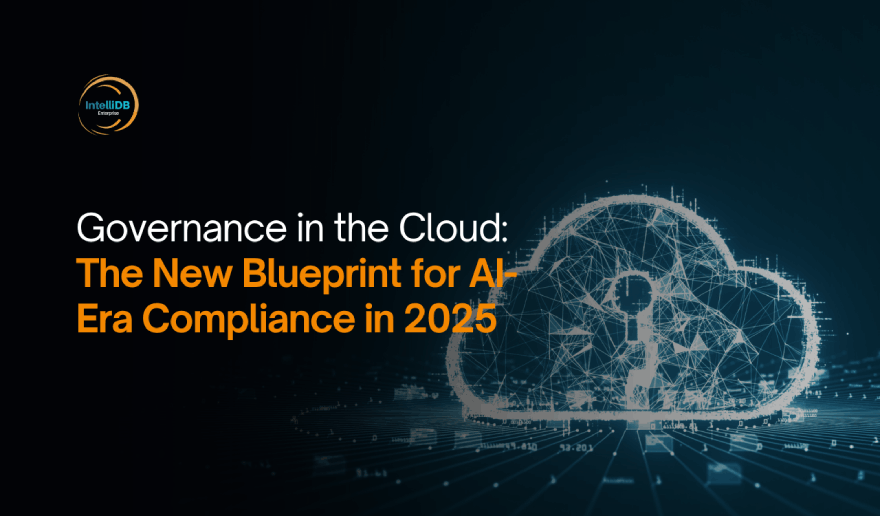The digital ecosystem is changing dramatically in 2025. Artificial intelligence (AI) is now part of the way organizations conduct enterprise business operations, so data sovereignty (keeping data in jurisdictional authority and control) is now front and centre. Governments, organizations, and cloud service providers are reshaping architecture so they can adhere to data privileges while still leveraging AI functionality. This transformation is evident in AI-optimized cloud and hybrid data centers.
The AI-Driven Movement to Regionally Localized Infrastructure
AI workloads require fast local access to vast data sources. For this need, cloud service providers are investing in data centers optimized for AI data residency laws at the regional level. These are AI-optimized data centers ensuring laws like accessibility and censorship laws, or data indexing and aggregating rules are met, with the expectation that prison state incarceration infrastructure will meet similar rigorous scrutiny. Data centers are augmented with AI features to accommodate model training and inference, and processing of edge AI data. Localized data infrastructure integrates AI-responsive chipsets (e.g. NVIDIA H100s, or Google TPUs) to allow separation and comply with low latency requirements while still extracting operational affordances within constraints (i.e., GDPR, India DPDP Act, or the EU AI Act).
Hybrid Cloud: Control Versus Innovation
By 2025, hybrid cloud is not only a stop-gap, but also a strategic architecture. Enterprises are putting sensitive data and AI models on-premises or in private clouds for sovereignty but moving their general-purpose AI workloads to public clouds. This ability to leverage an AI-native architecture in a hybrid configuration allows organizations to govern sensitive citizen data and intellectual property, while continuing to leverage cloud-native AI services such as LLMs, RAG systems or AutoML.
Sovereign Cloud Solutions Multiply
The major cloud service providers (AWS, Microsoft, Google, and Oracle) all have “sovereign cloud” solutions—cloud regions or zones that have borderless data. These services are often co-developed with local governments or the defence sector, and run by people who are cleared by their local communities. By 2025, sovereign cloud deployments in Canada, the U.S. and Australia are also building in AI governance layers, providing the ability to audit AI training data, and model behaviours, as these will be requirements under most new AI regulations.
Federated and Confidential AI for Compliance
AI systems are being made sovereign-ready via application of federated learning and confidential computing. Federated learning can train models across multiple data silos without being able to move the data and is essential for governing obligations of cross-border AI collaborations in healthcare, finances and national security. Confidential computing protects the data’s privacy even when processing inside AI models, the data remains encrypted in trusted execution environments and is consistent with sovereignty-by-design.
Challenges to AI-driven Sovereignty Compliance
Despite the innovations there exist challenges.
Cross border inference: Even if our training is local. Inferencing AI models across borders (e.g. chatbot responses to user prompts) still creates regulatory risks.
Model opacity: Many AI models are opaque- black boxes. Now regulators are asking for explainability and provision of traceability, adding pressure to AI systems existing in sovereign infrastructure.
Cloud concentration risks: AI systems reliant on hyperscalers for sovereign AI infrastructure are raising the risk of vendor lock and loss of resilient design.
To mitigate these risks, sovereign governments in 2025 are supporting open-source LLMS, public private AI innovation centres, local GPU infrastructure, to begin to decentralize sovereignty, and not be reliant on a foreign AI infrastructure.
Conclusion
By 2025, AI and data sovereignty converged fundamentally changed the trajectory of the future of cloud and hybrid data centers. Resident-by-design architectures, AI governance frameworks, and local AI infrastructure have emerged as cornerstones of compliant innovation. The coordination between the complexities of privacy, performance and geopolitical control are a key balance for governments and enterprises, As a result, AI-driven sovereignty approaches are no longer optional – they are fundamental to our digital future across the world.

